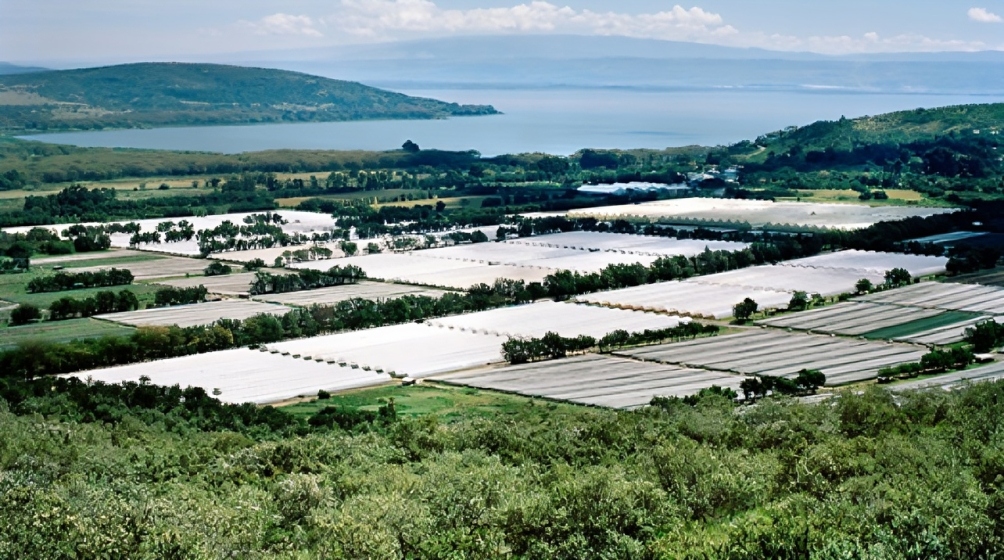
As the first rays of sunlight creep over Lake Naivasha, Josephine ties her apron and steps into the greenhouse. The air inside is cool, heavy with the scent of roses. Around her, women move in practiced rhythm, bending, clipping, and bunching stems with the quiet precision of people who know their work will travel far beyond these rows. In two days, the roses she trims will sit in vases in Paris or Amsterdam, brightening homes and weddings thousands of miles away.
A Town Transformed
Naivasha wasn’t always the heart of Kenya’s floriculture. In the 1970s, it was a sleepy lakeside town where fishermen cast their nets and cattle grazed along the shore. Then came the flower farms. The volcanic soils, high-altitude climate, and freshwater of Lake Naivasha proved irresistible to investors. By the 1990s, greenhouses had overtaken the landscape, and the town’s identity had changed forever.
Today, Naivasha produces nearly 70 percent of Kenya’s cut flowers, feeding an export industry worth billions. Tens of thousands of workers like Josephine and Daniel, a young father who migrated from Kisii, earn their living here. “The farm became my school,” Daniel says, pruning stems with swift precision. “I learned everything here.”
The industry has reshaped the town itself. Markets, schools, and clinics sprout where greenhouses flourish, and entire neighborhoods pulse to the rhythms of the flower trade.
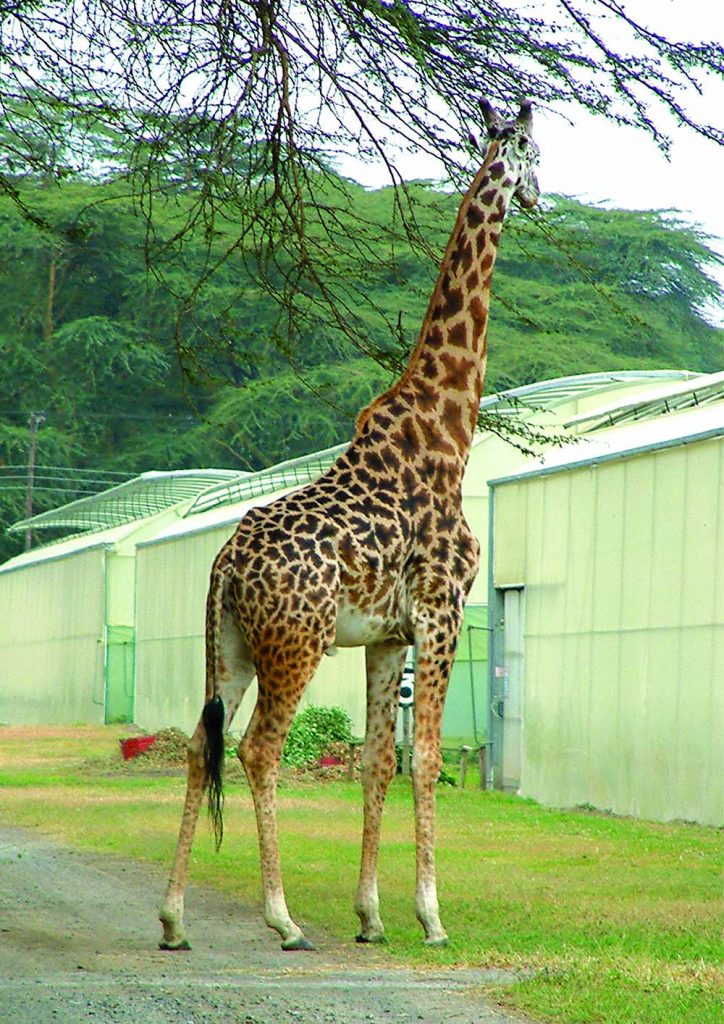
Nature’s Gift
Naivasha’s rise is no accident. At 6,200 feet above sea level, its cool nights slow plant growth, producing sturdier stems and longer-lasting blooms.
The equator provides steady daylight year-round. The volcanic soils are nutrient-rich, and Lake Naivasha’s fresh waters keep irrigation flowing in an otherwise dry valley.
“Every stem here owes something to the lake,” says agronomist Peter Mwangi. “Without it, Naivasha would just be another Rift Valley town.”
Even the geothermal energy bubbling under the valley floor has been tapped in the past, powering sections of farms with underground steam. In Naivasha, nature and ingenuity have conspired to create the perfect recipe for flowers.
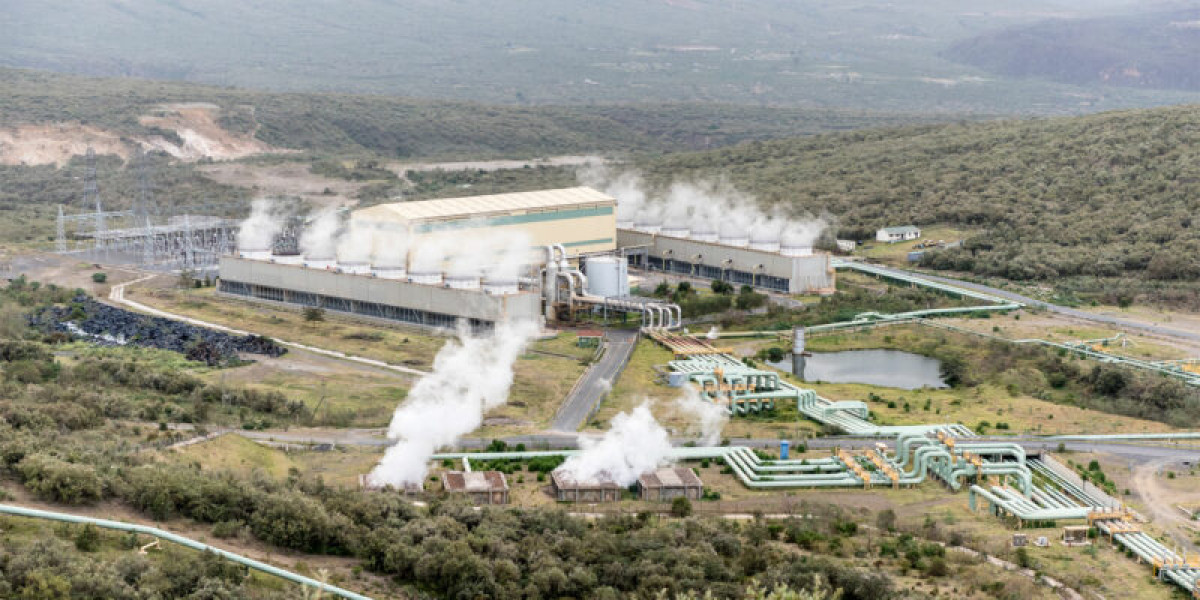
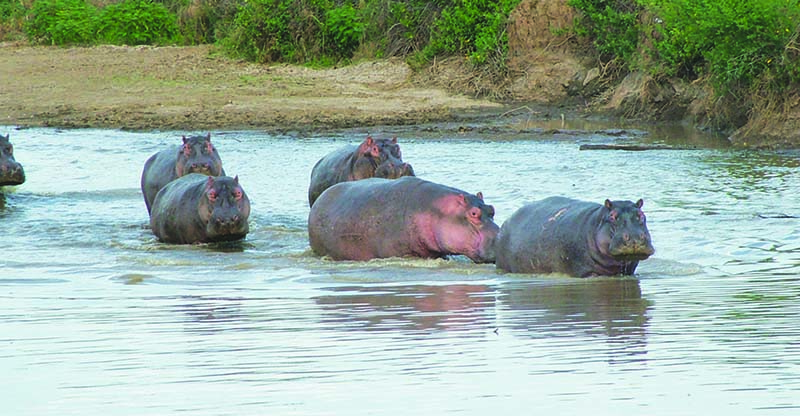
Giants and Smallholders
The town’s floral economy is a mosaic of stories. On one side are sprawling multinationals: Finlays, Van Den Berg Roses, and Rift Valley Roses, shipping millions of stems each week to markets abroad. On the other hand, there are smallholders who cultivate specialty flowers on modest plots.
“We may be small, but we’re part of the same story,” says Miriam, who grows sunflowers on two acres outside town. “My flowers go to Dubai, imagine that, from my little farm.”
Together, these growers form a chain that stretches across continents. By the time a single bloom reaches a vase in London or Berlin, it has passed through dozens of skilled hands, from picker to packer to cargo handler.
Beauty and Its Price
The beauty of Naivasha’s flower fields hides a more complex story. Beyond the rows of roses and carnations, Lake Naivasha has long borne the weight of an industry that depends on it. For years, overuse, shrinking wetlands, and creeping pollution have cast shadows over the lake’s fragile ecosystem. Conservationists worry about vanishing bird species, while labour rights advocates have questioned the human cost behind the blooms that brighten homes across the world.
And yet, step inside one of the farms today, and a different picture emerges. In the greenhouses, workers move among the flowers, dressed in full protective gear: spray suits, gloves, coats, and sturdy boots. Those who handle pesticides work in sealed suits, while inside the cold storage houses, staff bundle up in thick “Eskimo” jackets to keep warm as they prepare delicate stems for export.
The lake is no longer the sole lifeline. Across the valley, collection dams glisten in the sun and boreholes hum quietly, easing the pressure on Naivasha’s waters. Workers board company buses after their shifts, their wages not only steady but also higher than the government’s recommended minimum.
For all its struggles and scrutiny, the industry has evolved. It is, in many ways, a sector transformed, one where resilience, responsibility, and the quiet dignity of work come together to sustain both community and country.
The industry has had to adapt. Farms are recycling water, cutting back on chemicals, and turning to biological pest control. Certifications and eco-labels are no longer optional; they are the ticket to international markets.
“Customers abroad don’t just want beautiful flowers,” Mwangi explains. “They want flowers they can feel good about.”
Communities in Bloom
For the people of Naivasha, flowers are more than exports; they are engines of transformation. Women, once excluded from agricultural leadership, now supervise teams and manage production lines. Wages send children to school and pay hospital bills. Some farms fund schools, clinics, and clean water projects in surrounding villages.
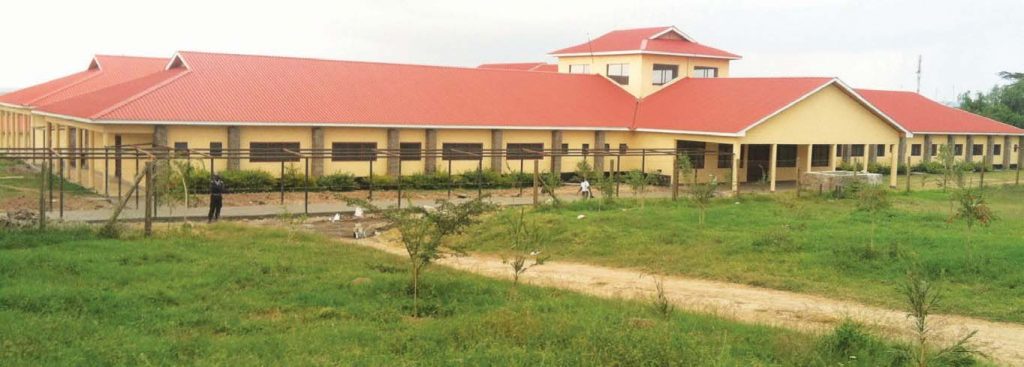
“I’ve raised my children because of flowers,” Josephine says, holding a bouquet just cut from the greenhouse. “When I see them in photos abroad, I feel part of something bigger.”
The ripple effect is visible everywhere. Roadside kiosks bustle with customers, boda boda drivers ferry workers to and from farms, and landlords build new homes for the steady influx of migrants.
Still, uncertainty hangs over the horizon. Global demand rises and falls with economies and pandemics. Currency swings slash profits. Climate change brings erratic rainfall and rising costs for irrigation. And as investors weigh water risks, Naivasha’s dependence on its lake may affect future funding.
Yet optimism endures. Growers are experimenting with indigenous varieties that reflect Kenya’s heritage. Technology (precision irrigation, climate-smart farming, and greenhouse automation), offers new efficiency. With its proximity to Nairobi’s airport and decades of expertise, Naivasha remains a step ahead of competitors.
More Than Exports
To walk through a Naivasha flower farm is to see resilience blooming alongside beauty. Every rose and carnation tells a story of migration, hard work, opportunity, and the delicate balance between prosperity and preservation.
Naivasha may be branded as the world’s floriculture hub, but for its people, it is something more personal. It is where flowers are lifelines, where a single stem can mean school fees, hospital care, or the hope of a brighter tomorrow.
“When you give someone a rose, you don’t see the hands behind it,” Daniel says with a smile. “But we are here and we are proud.”
